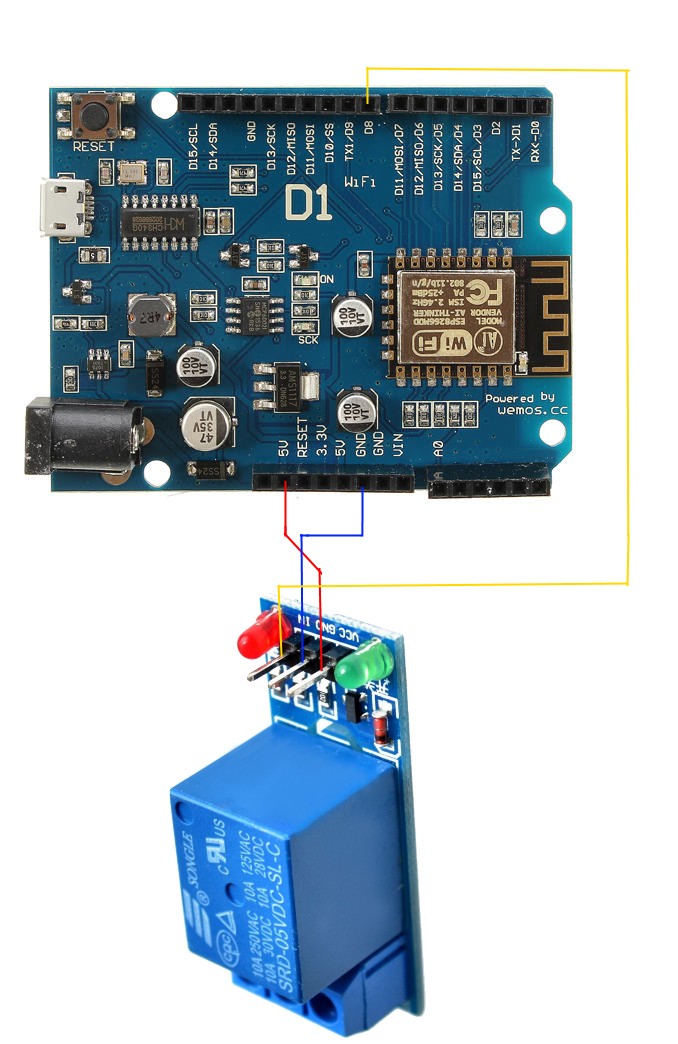I have a problem similar to these questions:
Wemos D1 is not triggering Relay
I got this BC548B transistor from an old apparatus I scratched. The transistor saturation voltage is 0.6V according to the datasheet:
https://alltransistors.com/pdfdatasheet_fairchild_semi/bc548_bc548a_bc548b_bc548c.pdf
When I set up my circuit the wemos d1 inboard leds dim and the board resets so I guess something is going really wrong. Can someone advise if my design makes sense?
UPDATE
I replaced the 12V relay with a 5V one but still can't get it to work. Basically, the 3.3V signal seems to be too low to activate the solenoid. How can I raise the 3V3 signal to 5V? What was wrong with my idea of using a transistor to do it?


